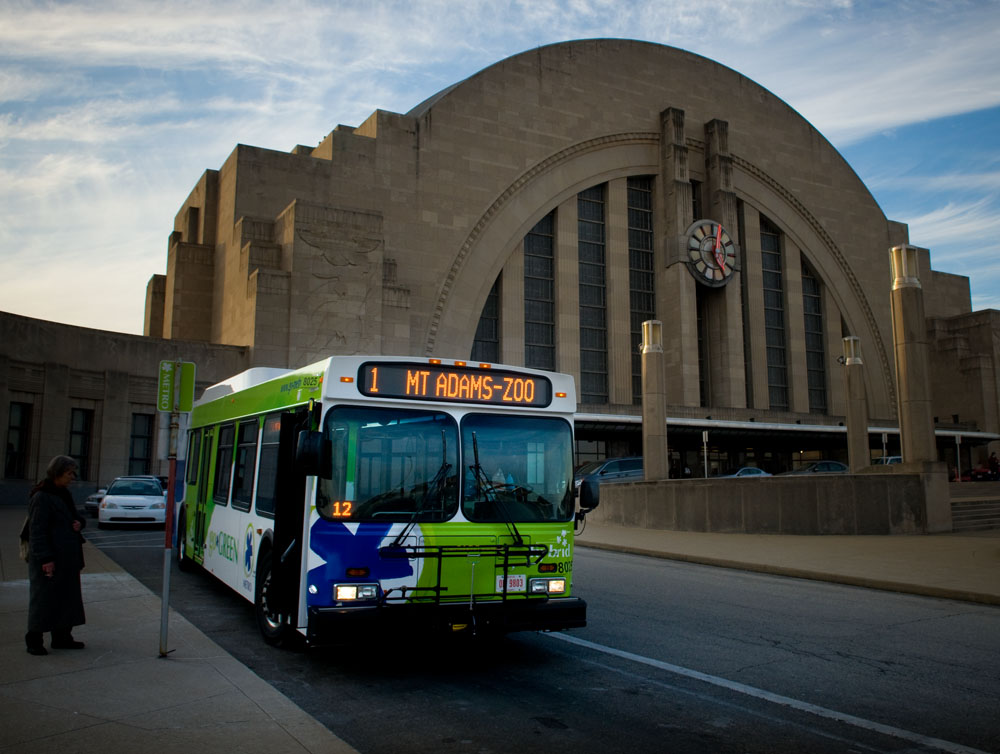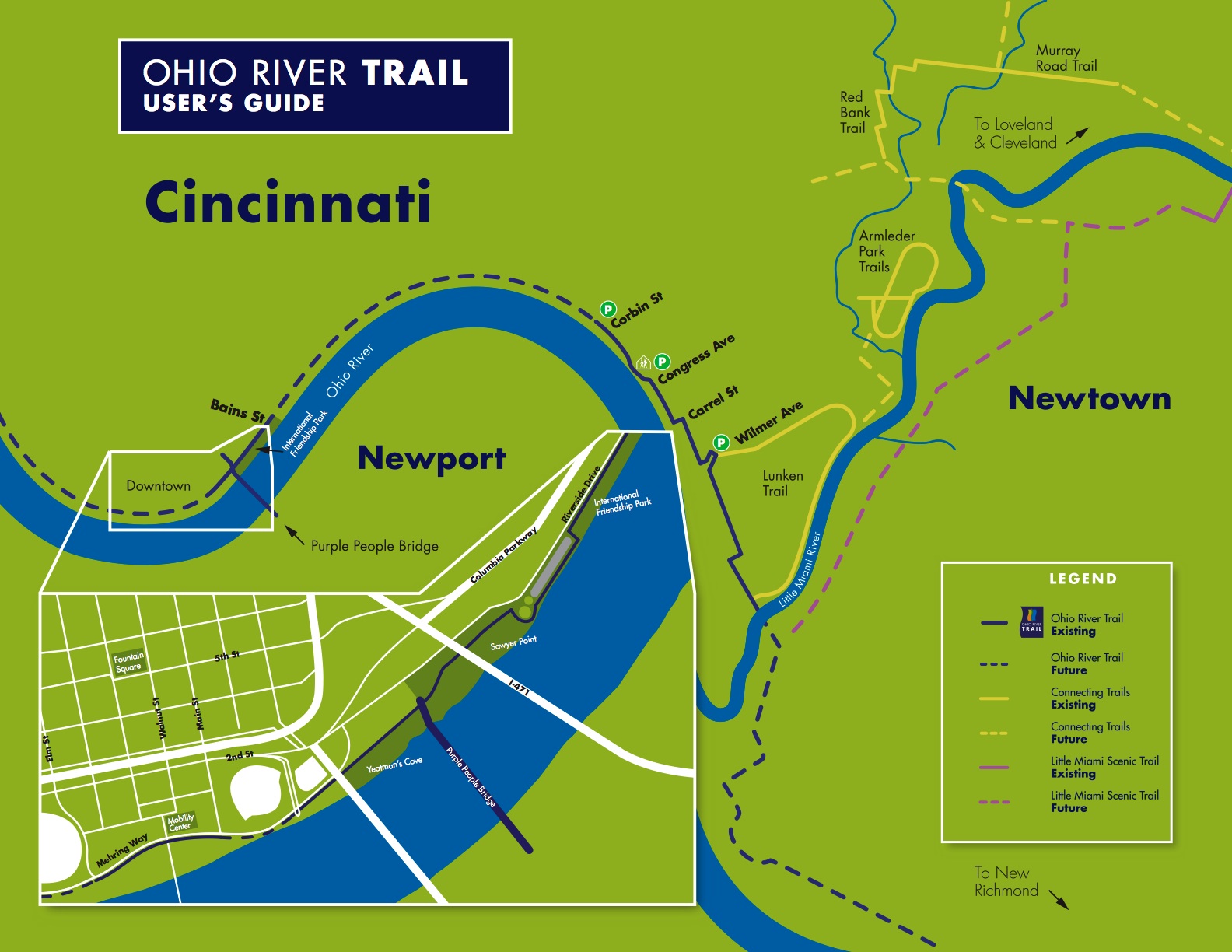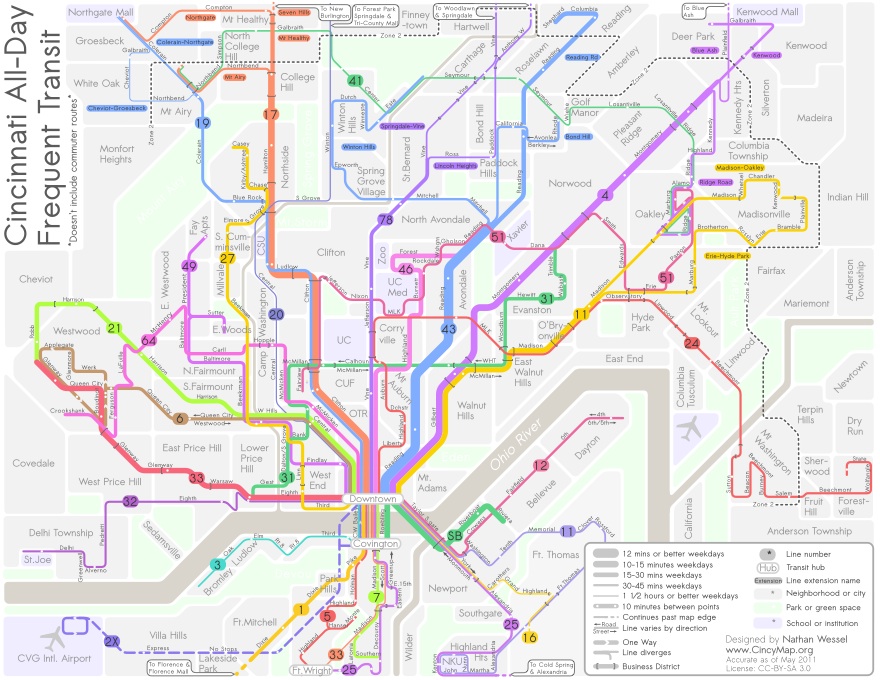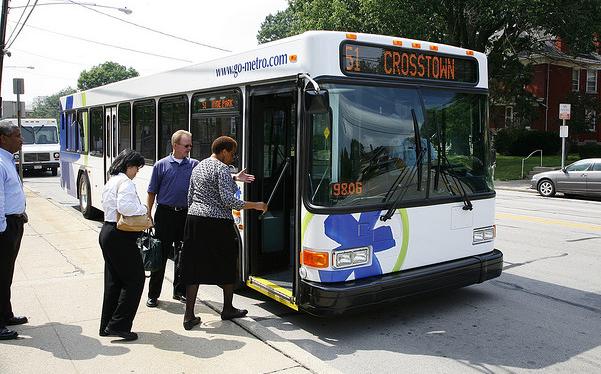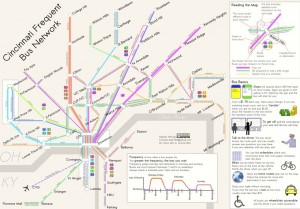UPDATE: The Fiscal Year TIGER III grants have been released, and it is official: The Cincinnati Streetcar has received funding to complete Phase 1 with the Riverfront Loop. Along with a transit building upgrade in Cleveland, the Cincinnati Streetcar project was the only other Ohio project to be awarded money. Out of 848 applicants, the project was one of 46 to move forward with funding.
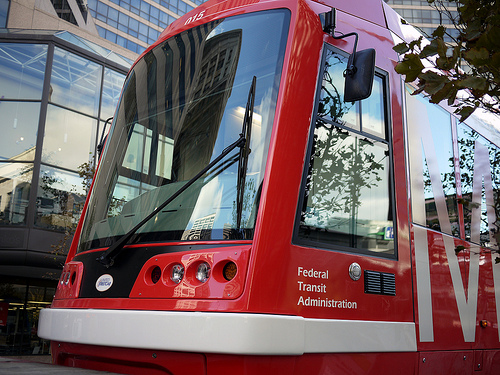 Undisclosed Congressional sources notified UrbanCincy Monday that the shovel-ready Cincinnati Streetcar project will receive 10.9 million dollars in funding from the federal TIGER III grant. As reported earlier in November, the city applied for $58 million in funding through the program, to restore the project to its original aim of connecting the Uptown and Downtown employment centers. The $10.9 million will potentially be able to expand the adjusted route down to the Banks.
Undisclosed Congressional sources notified UrbanCincy Monday that the shovel-ready Cincinnati Streetcar project will receive 10.9 million dollars in funding from the federal TIGER III grant. As reported earlier in November, the city applied for $58 million in funding through the program, to restore the project to its original aim of connecting the Uptown and Downtown employment centers. The $10.9 million will potentially be able to expand the adjusted route down to the Banks.
“This TIGER III grant was awarded on a competitive basis and shows that the Cincinnati Streetcar is one of the best transportation projects in the country for generating economic development and putting Cincinnatians back to work,” said CincyStreetcar blog founder and local transit expert Brad Thomas.
Over $50 million of the project’s original funding was cut by Governor Kasich’s office in April for other much lower ranked projects, including a bus line in Canton, Ohio.
According to Transportation Issues Daily, no other cities in Ohio have received funds from the grant. However, TRAC director and former asphalt lobbyist Jerry Wray wrote a letter of recommendation for a TIGER III grant to widen 3.75 miles of roadway in Pickaway County, Ohio. Despite major pushback at the state level, local support has never been stronger with the new election of 7 pro-streetcar council-members.
Council-member, OTR resident and ardent supporter Chris Seelbach told UrbanCincy, “IF the news is correct, as the Business Courier is reporting, then it’s great news! The goal was always to connect Cincinnati’s two biggest job centers, downtown and uptown. Only when Governor Kasich cut the State’s funding was the route shortened. I’m hopeful this new funding source will again allow us to have fixed rail from the stadiums to the University of Cincinnati and hospitals, and everywhere in between.”
Cincinnati Streetcar picture by 5chw4r7z.

